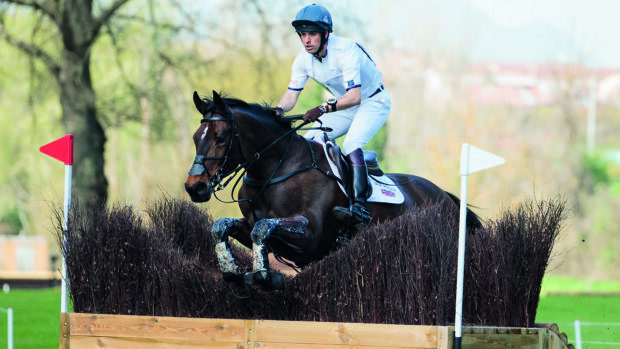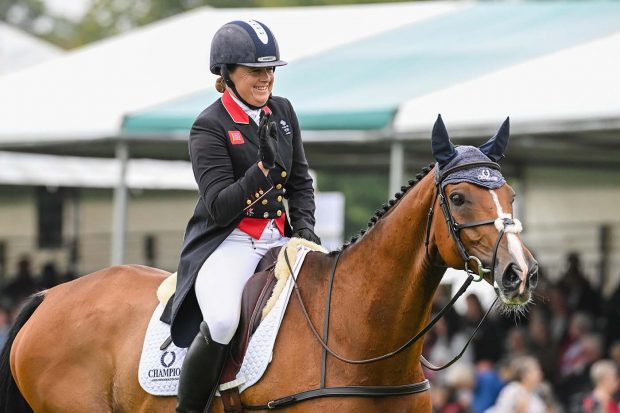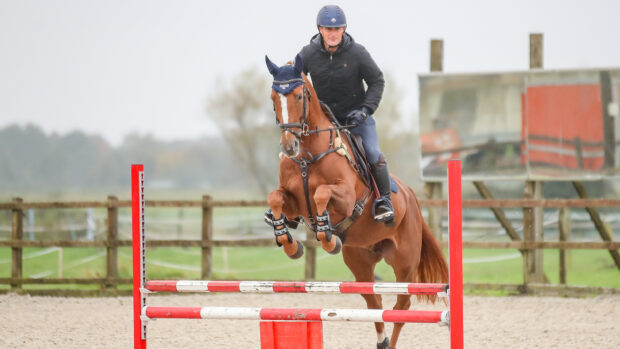Multi-medal winning event rider William Fox-Pitt shares his expertise, giving insights into his training methods, as well as offering advice to help you secure those vital extra marks in competition.
1. Ask someone to video your dressage test and watch it back while it is still fresh in your mind. Visual aids are very helpful and watching your test back allows you to see what the judge saw. Think about what mark you would have given yourself for each movement and where you could gain extra marks.
2. You will never ride a fault-free dressage test, no one does, so don’t panic if you make a mistake.
3. Don’t give the judge a mark. Make sure you do a square halt, your circles are round rather than square and you ride straight down the centre line.
4. When you are coming down the centre line ride straight, look the judge directly in the eyes and dare them to give you less than an eight!
5. Think of each movement in a dressage test as a sentence — liken it to capital letter, sentence, full stop.
6. When doing extended walk, make sure your horse’s poll is lower than his wither, he is on the bit but his nose is slightly forward and you ride him forward and into the rein.
7. Don’t always ride with spurs and/or a whip. Vary it so your horse doesn’t become used to it.
8. A good exercise to do in trot is to change your diagonal every other stride, rising in between. This helps you to soften and give and will improve your sitting trot. By rising you are also encouraging your horse to go forward.
9. Always start small when you are jumping, even with experienced horses. Horses and riders can lose confidence quickly and it will play on their mind if things go wrong so start out easy and build up to jumping bigger, wider or skinnier.
10. Practise jumping out of trot. It helps to improve reactions in both horse and rider and makes the horse decide for himself where he is taking off. Cross-country schooling in trot is useful too.
11. When educating a horse, jump lots of weird and wonderful obstacles on different angles. The jumps don’t have to be big but exposing the horse to a variety of fences is an important training aid.
12. As a rider make sure you are fit enough for the job. Fitness is very important and being tired is no excuse, if your horse is tired you need to be fit enough to deal with it.
You may also be interested in…

William Fox-Pitt: 17 pearls of jumping wisdom
The prolific event rider shares his advice and knowledge when it comes to jumping

Subscribe to Horse & Hound magazine today – and enjoy unlimited website access all year round
Horse & Hound magazine, out every Thursday, is packed with all the latest news and reports, as well as interviews, specials, nostalgia, vet and training advice. Find how you can enjoy the magazine delivered to your door every week, plus options to upgrade your subscription to access our online service that brings you breaking news and reports as well as other benefits.




